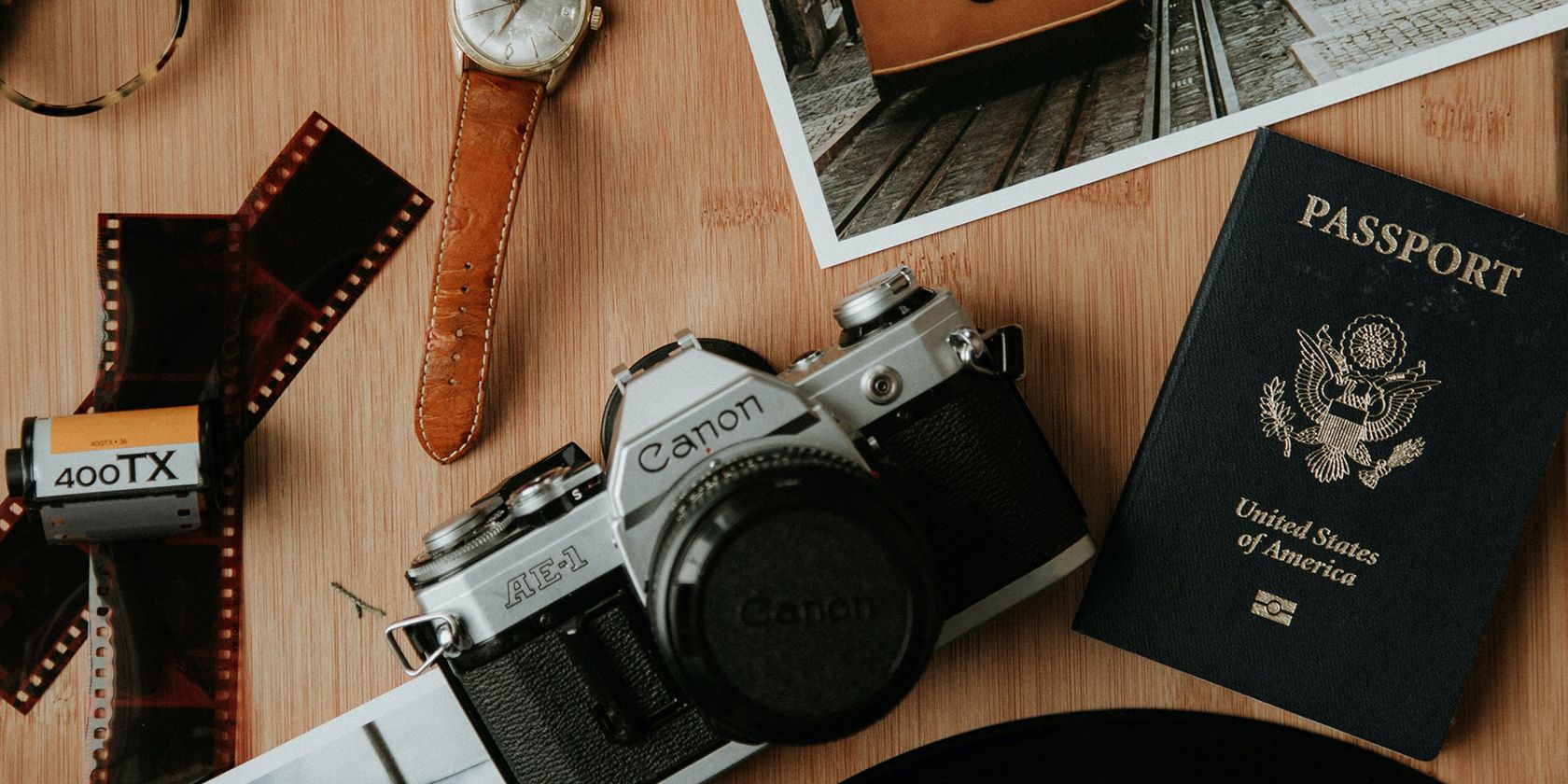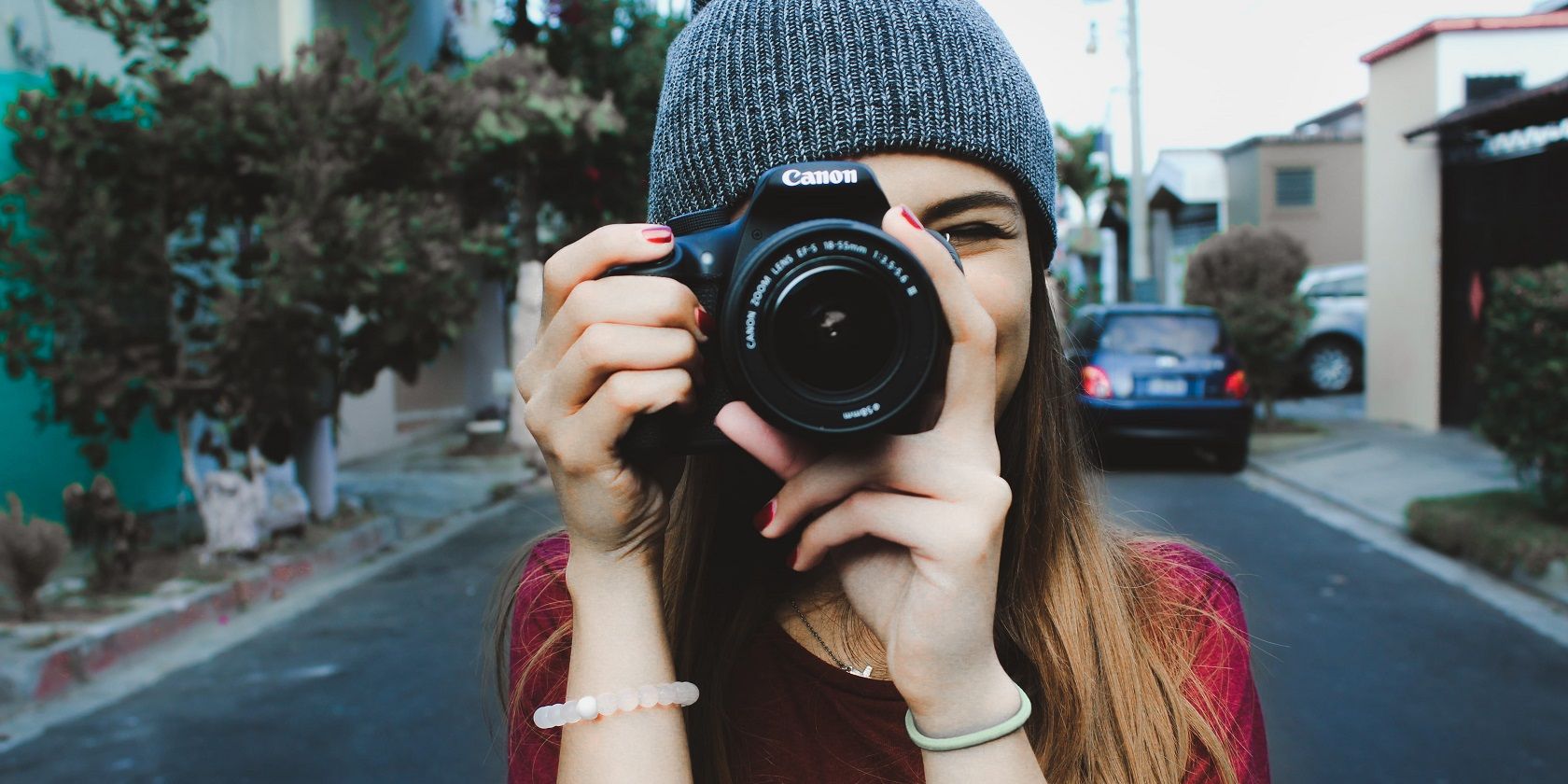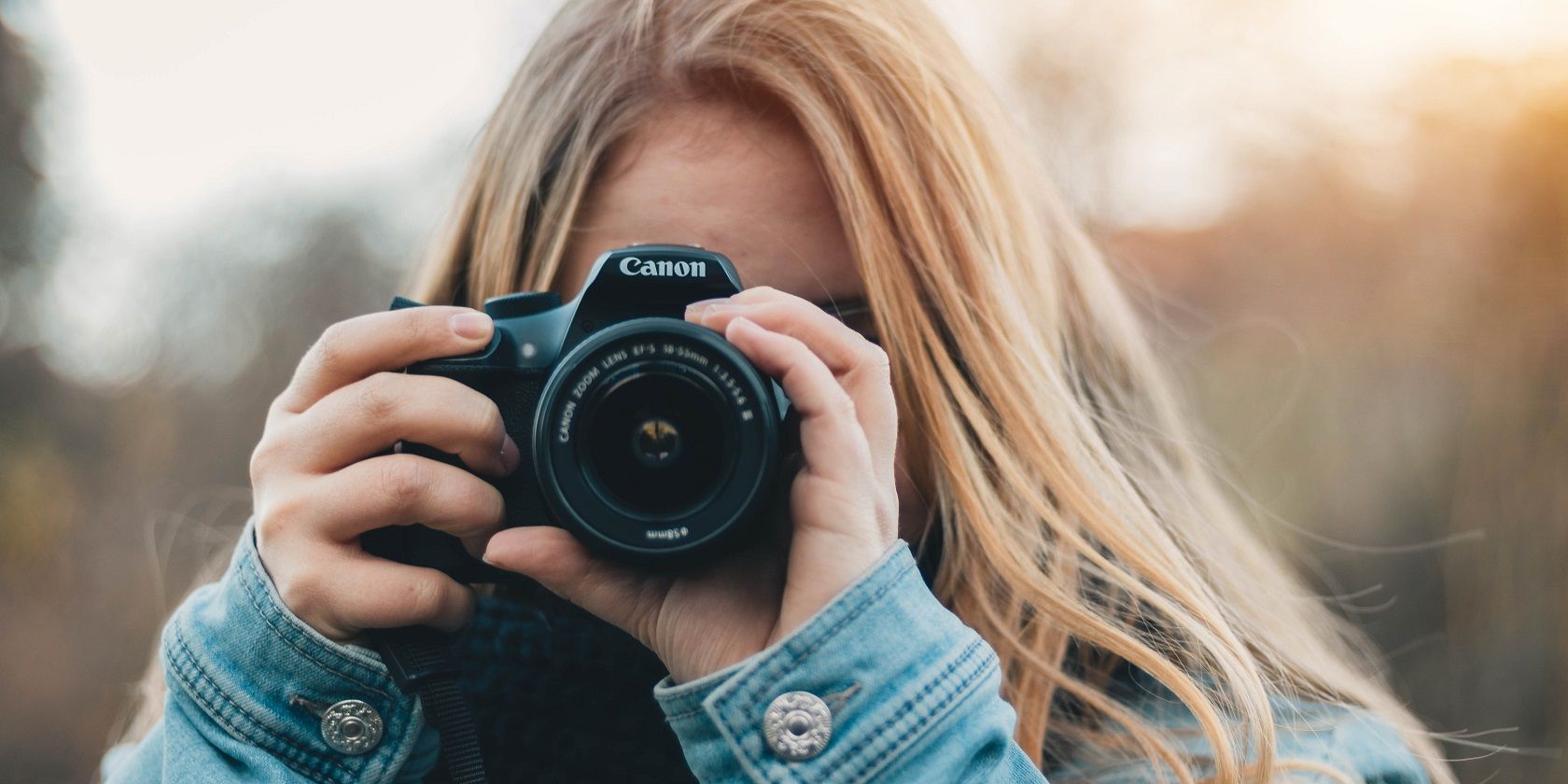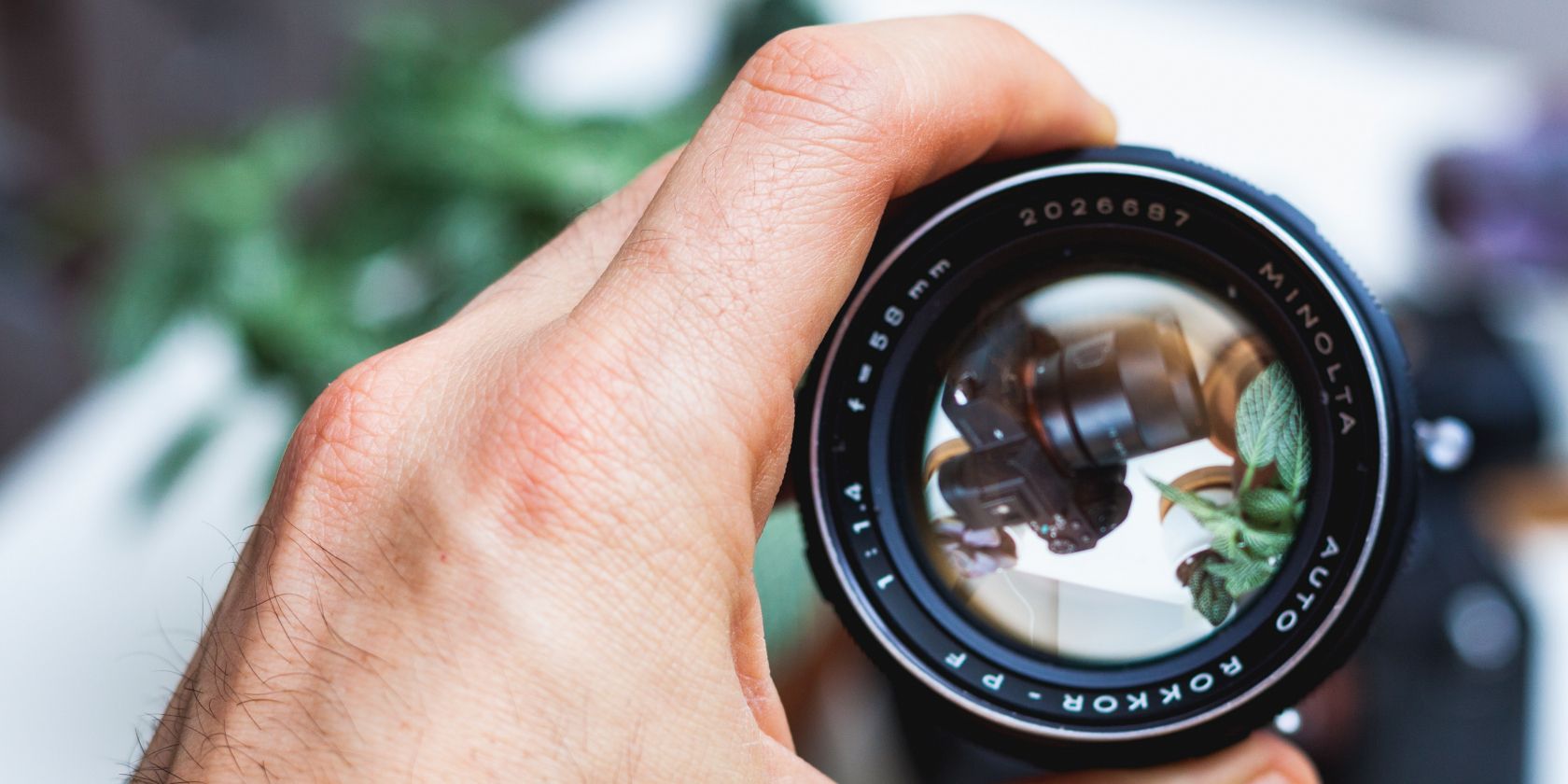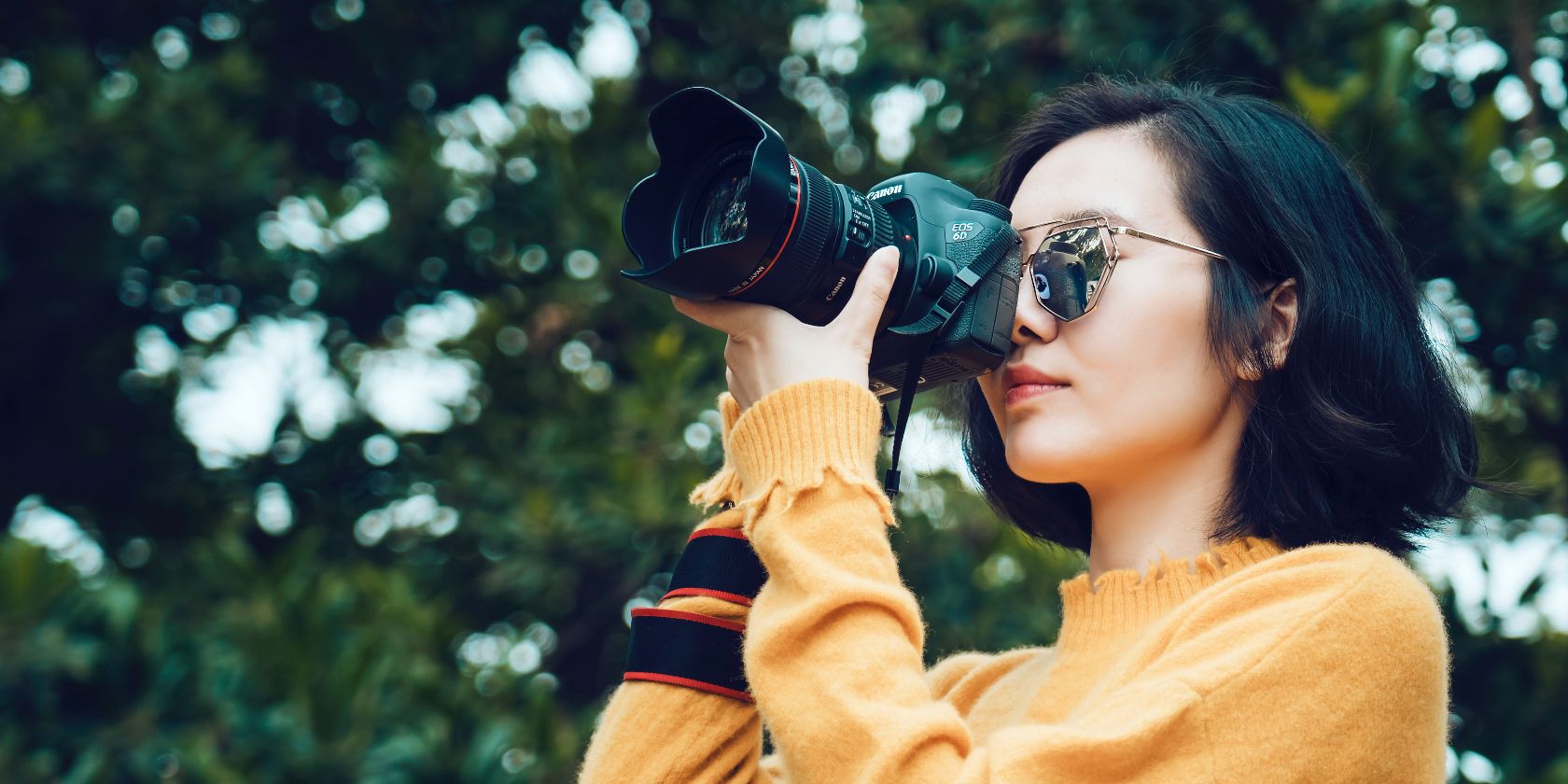After a bit of time getting to know your new camera, you'll likely want to leave Auto Mode. Many photographers switch to Manual Mode, which is a great idea if you want to learn more about maximizing your device's potential. But it can also be daunting.
Aperture Priority is one particular mode that can unlock a new level of creative freedom, and it won't put as much pressure on you to control all the settings manually. This article will identify the reasons you should switch to Aperture Priority Mode on your camera.
1. You Often Get Better Results
One of the best things about Manual Mode is that you can control almost every aspect of your picture. But when you're still a beginner, this can also hinder your results. If you don't understand how the exposure triangle works, you might find that your images are too grainy, blurred out, or nowhere near what you want them to look like.
Aperture Priority isn't a one-stop solution that naturally creates amazing photos. However, your camera will handle much of the exposure triangle for you—meaning that you can often get better results than you would have with Manual Mode.
One thing worth noting is that in Aperture Priority Mode, your camera will automatically adjust your shutter speed. You therefore might need to use a tripod, especially in low-light conditions. Before you purchase one, see our list of things to consider when buying a tripod.
2. You're Less Likely to Miss Important Shots
As a lot of experienced photographers will tell you, few things are more annoying than missing an amazing picture opportunity. And in many cases, this occurs because they're busy adjusting their shutter speed, ISO, white balance, and so on. This isn't necessarily a huge problem if you're a hobbyist, but it can become a problem if you work with clients.
In fast-paced situations, Manual Mode might not be quick enough for you to capture your desired shots. If you want to get better at sports photography, for example, you'll likely have to be more adaptable than someone that photographs architecture. The same is true if you're a street photographer in busy downtown areas.
When you use Aperture Priority Mode, you can focus entirely on capturing the scenes that unfold in front of you. Sure, you'll have to change the aperture—but only adjusting one setting makes things much more straightforward.
3. Achieve Your Preferred Light Meter Balance
Beginner photographers make several mistakes, and one of those is not paying much attention to the light meter on their camera screens. This meter usually ranges from +3 to -3, with +3 being significantly overexposed and -3 being the opposite.
If you're in your early days as a photographer, you can use 0 as a rough guideline for what you should be aiming for. Doing so will give you more flexibility in picking the style you want in post-production. And since you only need to worry about aperture with Aperture Priority Mode, getting the right light meter reading will be easier.
Over time, you can experiment with overexposing and underexposing your photos via the light meter. Many DSLR and mirrorless cameras have a dial that you can use to adjust the level you want; if you can't use these by default, you can often change your buttons accordingly in your camera settings.
As a starting point, you can try around -1 if you want to go for a dark and moody style. If you'd like to use overexposure in your photography, you can try around +1. Be careful, though, as overexposing your image too much can result in unrecoverable lost details.
4. Capture Authentic Moments Better
Social media has inspired many people to become photographers, and a lot of users have also managed to turn their passion into blossoming careers. But one common complaint about many pictures you see online is that they're often staged. The Insta Repeat account points this out perfectly, especially within the travel and adventure niche.
There's nothing necessarily wrong with taking inspiration from pictures you like. But at the same time, the very best photographers evolve over time and develop their own style. Capturing authentic emotions and moments is one way they do that, and Aperture Priority Mode will make things easier in this respect.
Because you don't have to worry about shuffling your settings around, you can focus more on photographing things as they're happening. And thanks to this, you may find that the audience you're trying to attract resonates more with your work.
5. Control Your Depth of Field Better
Depth of field is an essential component of an excellent photo. You'll likely use a different aperture for wide-angle shots, compared to what you would for a close-up portrait. Aperture Priority Mode gives you complete control over the depth of field in your image, meaning that you'll likely be happier with the results you get.
When shooting in Aperture Priority, you can change your aperture in the same way you would in Manual Mode. Some cameras and lenses require you to use a dial on the main body, but in other cases, you can adjust the depth of field via a ring on the lens.
6. Improve Your Adaptability as a Photographer
Being adaptable is one way to ensure you take better photos more frequently.
Sometimes, you might find that Manual Mode is a better choice. For example, you may like that you can control your shutter speed more on sunny days. But in other instances, Aperture Priority will help you get the results you need.
Neither is better than the other, but knowing how to use both modes will make you more adaptable in difficult situations. This is especially important if you want to work with clients one day, as photoshoots sometimes bring up moments you otherwise didn't expect.
Start Shooting in Aperture Priority Mode
It's easy to stay in Manual Mode if you're a photographer, but learning the other functions on your device will make it much easier to regularly capture the shots you want. Aperture Priority is a great option for controlling your depth of field, but—at the same time—letting your camera do much of the other work.
If you're new to Aperture Priority Mode, try using it in conditions where the lighting and scene in front of you are stable. When you feel more comfortable, you can try the feature in trickier photography situations.

